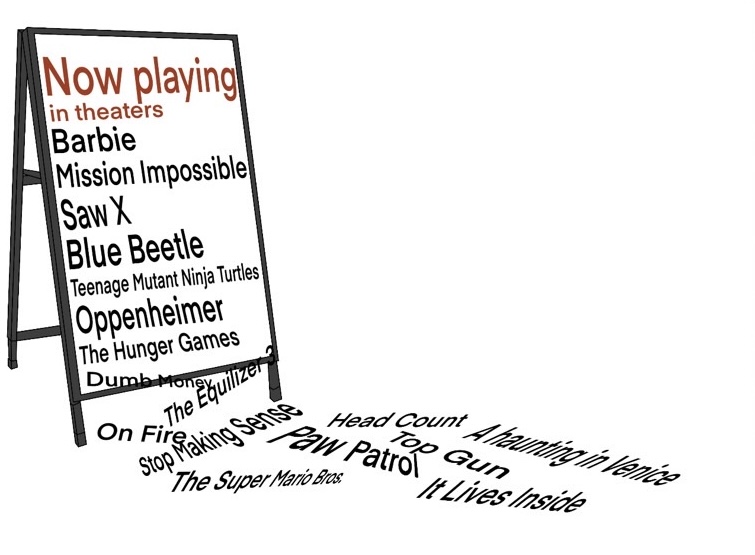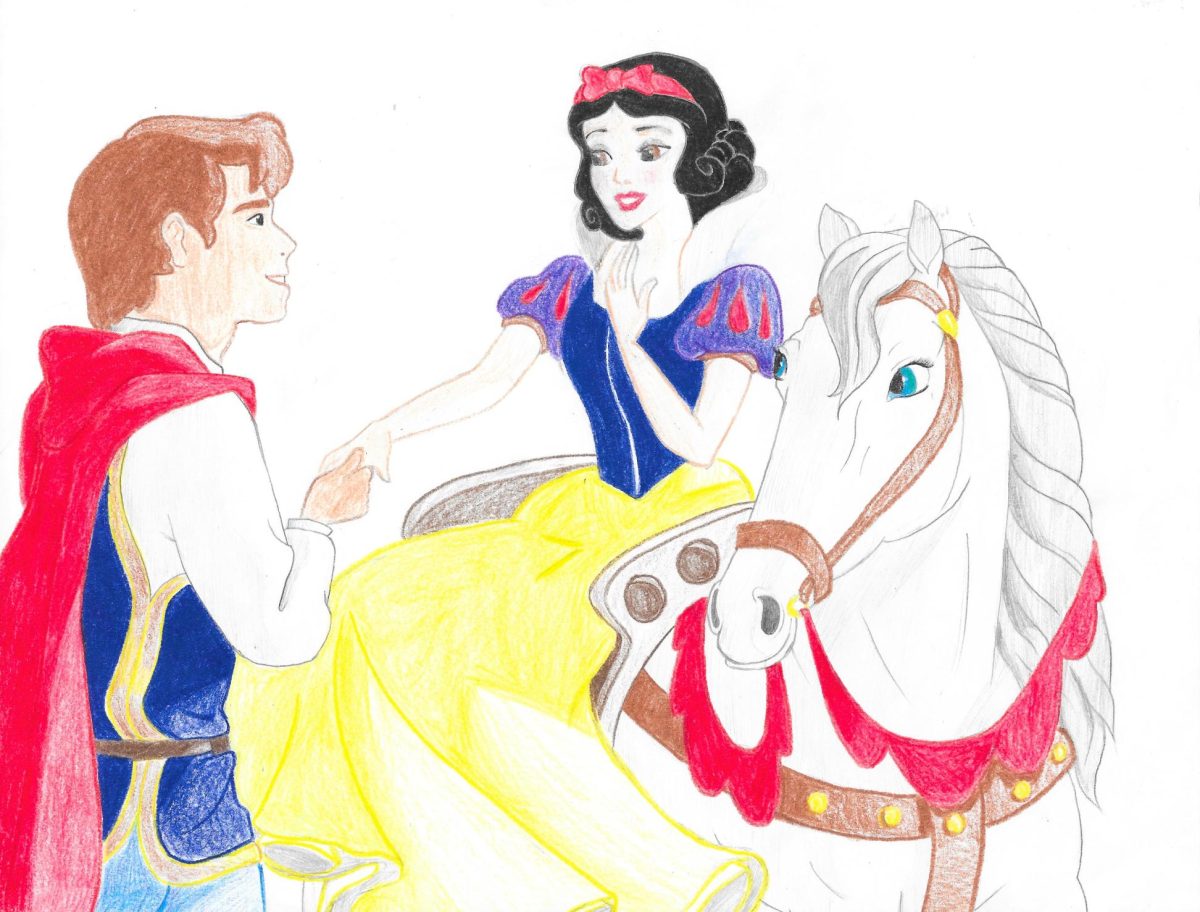In 1977, Star Wars debuted to the world, racking up what today would be $1.5 billion in the domestic box office alone and cementing it as the single-most important pop culture development of the second half of the 20th Century.
This was when cinema opened Pandora’s Box.
The film’s two sequels would perform astoundingly as well, and the franchise would usher in a new age of technology and screenplay in a movie industry that at the time was in desperate need of excitement and new blood to pave the way for the future of the craft. Welcome to the age of the blockbuster.
Great story, right?
Well, now imagine that brilliant formula being squeezed into its most basic components, rearranged in uncreative sequels and spin-off movies to the ones you adored as a child in a vain attempt to recapture your attention and nostalgia in a passionless product that’s a shell of its former self. Welcome to the age of the modern blockbuster.
Out of the 10 highest-grossing movies at the domestic box office in 2023, six were either sequels, spin-offs, or reboots. Still, that’s nothing new. Everyone knows that sequels have been plaguing the movie industry since even before Star Wars took off. The explanation is pretty straightforward: if the first movie was a hit, then surely another entry is an easy layup for us. The results are typically hit-or-miss; this is how classics like Terminator 2 came to be, but also how we got Caddyshack II. The endless milking of intellectual property to the bone is practically an American tradition at this point.
What is very interesting, however, is how the 2023 Summer box office’s goliaths, save for a couple particular titles, were crippled by their incredible underperformance. Titans of old such as Indiana Jones and Mission Impossible, as well as highly-publicized installments in ongoing cinematic universes such as The Flash and Transformers: Rise of the Beasts were all mired in similarly unprecedented financial failure.
In years prior, these films no doubt would have been massive money-makers. Indiana Jones and The Kingdom of the Crystal Skull made $790 million worldwide in 2008; Mission Impossible: Fallout made the same in 2018; Aquaman racked up an astounding $1.148 billion worldwide in the same year; Transformers: Dark of the Moon and Age of Extinction both cracked the $1 billion mark in 2011 and 2014 respectively.
Fast-forward to the present, however, and the newest big-budget additions to these series are all poised to lose hundreds of millions of dollars, if they haven’t already, leaving plenty to scratch their heads as to what happened to these once-beloved properties.
Ultimately what it comes down to is that the big studios in question are finally paying the price for their hubris. With such consistent success in the 2000s and 10s, they no doubt had come to take the moviegoing audience for granted.
They could approve basically any atrocious or downright generic concept they wanted, and as long as they slapped on a full-size orchestra, some expensive digital effects and a couple epic trailers, they’d more likely than not see a big return on their investment. Just take the aforementioned Transformers projects as examples. The unstoppable success of the blockbuster was simply a fact of life to most.
That is, until COVID-19 hit, and changed everything. For two straight years people were locked up in their homes, deprived of social interaction and left with not much else to do but turn to streaming services for salvation for their boredom. According to their own statistics, Netflix alone gained nearly 70 million subscribers from 2019 to 2021, while almost every movie theater in that same time span was out of commission. And during this time, many people discovered the serenity and effortlessness of being able to access catalogs of thousands of movies from the comfort of their own homes.
Once quarantine was completely over and the populace returned to their normal lives, many remained firm in their preference of streaming over the traditional theater experience, and it shows: annual ticket sales are lower than they ever were from 1995 to 2019.
While sales are climbing back up again, the major studios have been hard at work trying their best to make it look like there was never any diminished period in the first place, throwing out high-budget movie one after another, as if they can simply will away the decreased market if they put out enough blockbusters.
And boy, is the volume of big-budget movies absolutely unsustainable. In 1977, only three other movies outside of Star Wars were present in the Summer box office. This year, there were dozens. Your average person will most likely only go to the theater three to five times a year, so it’s no wonder genuinely intriguing flicks like Barbie, Oppenheimer, and Across the Spider-Verse triumphed in revenue while the stagnant, unimaginative pictures suffered in contrast. With everything getting more expensive, our average joe just cannot meet the budget to keep up with every new release.
The ineffectiveness of the modern blockbuster can also be attributed to the audiences’ collective desensitization to the “big event” movie. This is a trend that Star Wars largely began but was most recently popularized on a whole new level by the success of the Marvel Cinematic Universe and their Avengers movies, culminations of storylines carefully laid out for years ahead of time, painstakingly designed to achieve some of the most satisfying and exciting climaxes cinema could offer.
After studio executives grasped the scale of these successes, everyone began scrambling to make their own “cinematic universe,” but instead of emulating the buildup to these huge event films, they tried to do them out of the blue, using whatever scraps of an IP they had laying around: Joss Whedon’s Justice League, the recently-ill-fated Flash, and even Star Wars itself with Episode IX are all examples of this practice of jumping the gun to get to the “epic final battle” without bothering to create a middle act. Even movies that were meant to be simple, lighthearted action romps have pivoted to this quickly-expiring trope: Fast X and the new Mission Impossible are both meant to be the first parts of huge, multi-part conclusions.
Making big movies takes big money as well, and the budgets of most of these projects are simply unrealistic to profit off of. The general rule of thumb in the movie industry is that a film typically needs to make two-and-a-half times its budget in order to break even. Maybe it’s my hindsight bias talking, but with this year’s failed summer slate, where over half of the movies therein mentioned above had budgets of around a staggering $300 million, producers should have noted the oversupply issue and dialed back their horizons.
Martin Scorsese spoke during a panel following the release of The Irishman about the importance of protecting narrative-driven movies in theaters from being completely overtaken by “amusement park” films. Judging by the movie lineup this year, it’s clear that the latter genre has heavily overshadowed the former in volume, but interestingly enough, this has allowed quite the fascinating development to take place: the three highest-grossing movies of the year so far are Barbie, The Super Mario Bros. Movie, and Oppenheimer are not sequels, and excluding Mario they are all mainly carried by their writing and themes. Although they handle their plots very differently, they portray an inverse of the situation Star Wars found itself in decades ago.
Now, in a drought of mainstream maturity and sincerity in storytelling, true creatives wield their passion as a way to subvert, not enable, the blockbuster.
And oh, the irony of that term. Big movies like Star Wars and Jaws were called “blockbusters” because people would form lines at movie theaters that would extend outside and down city blocks just to wait hours to see these films. Now you’ll be lucky to find even a few dozen other people in the lobby.










